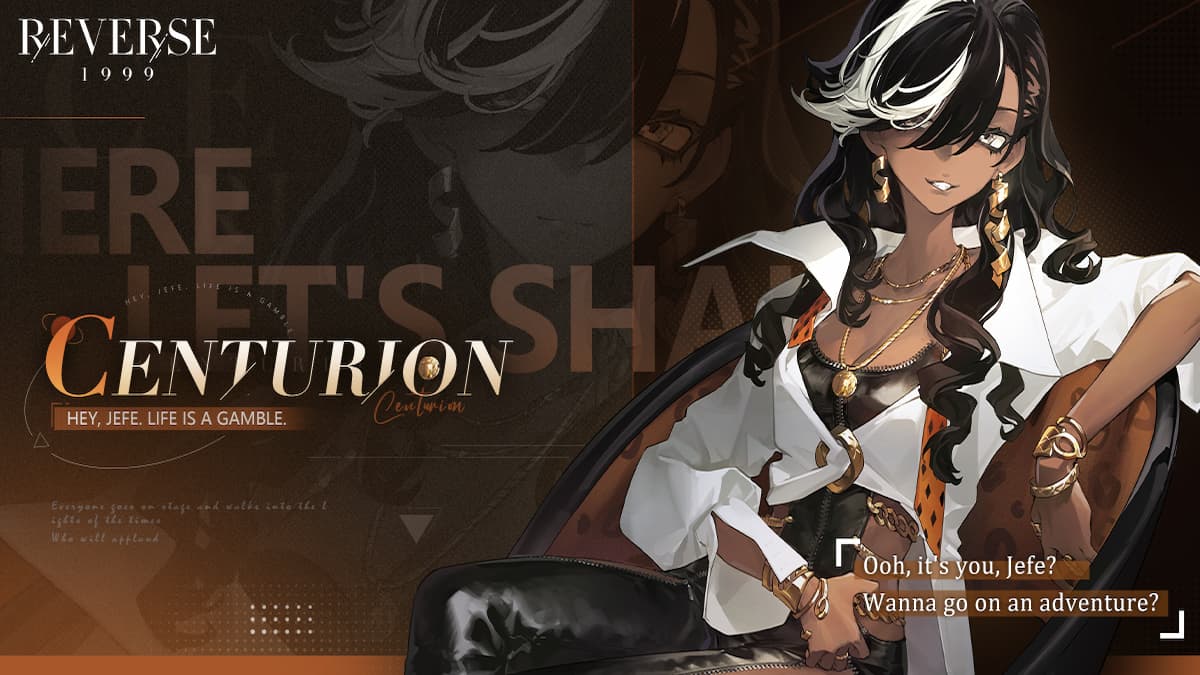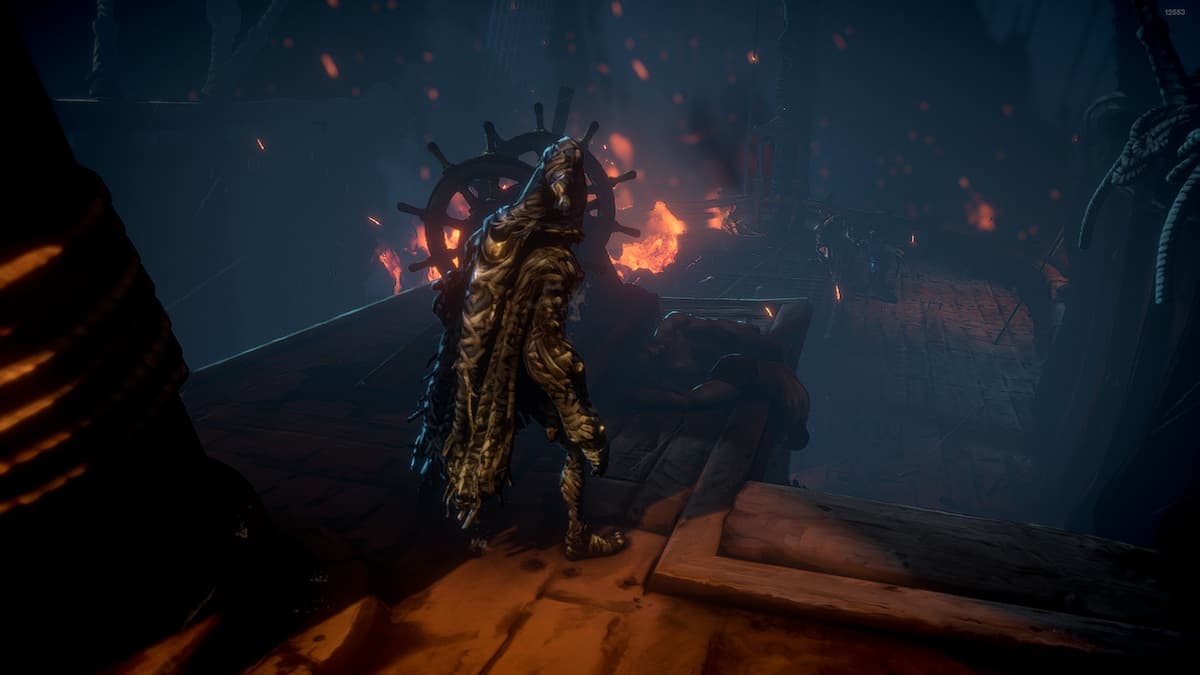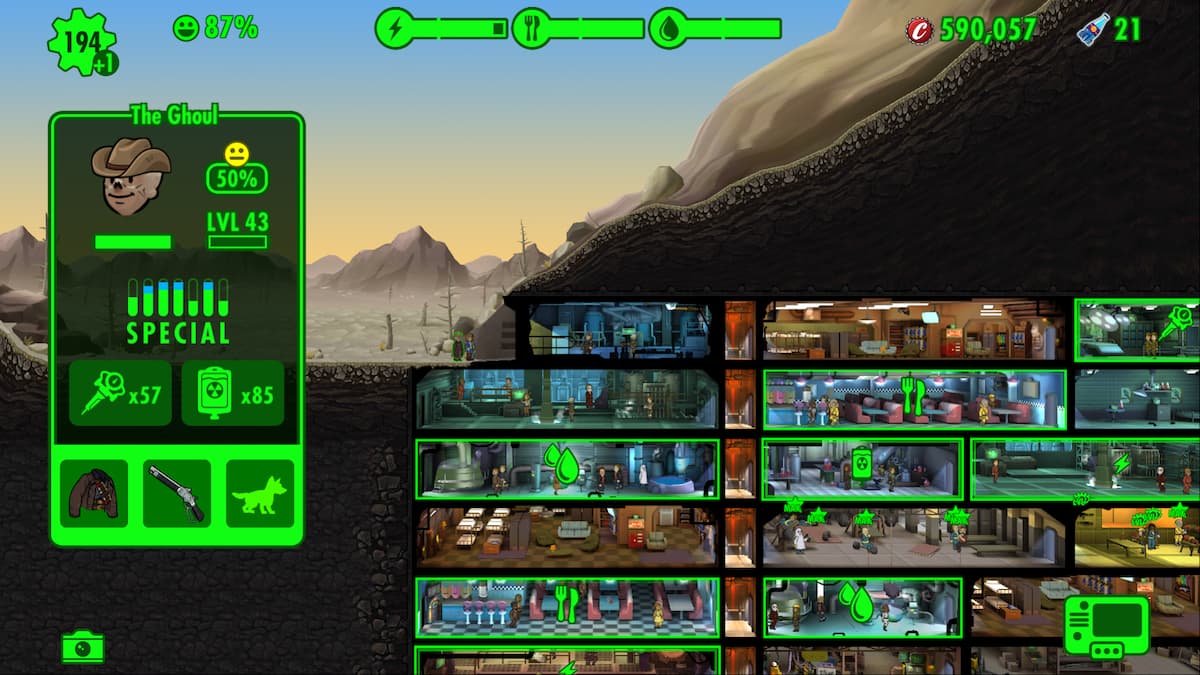If you went to journalism school, you learned about the cardinal sin of news reporting:
Having an opinion.
A good reporter does not have an opinion. A reporter’s viewpoint, stance, or belief is irrelevant to a piece of news. Infusing even the slightest bit of opinion taints the report; only the receivers of that information are allowed to formulate an opinion.
However, if you attempt to break into video game journalism on the Internet, and you abide 100 percent by this maxim, you may not get very far. The world of online journalism – and especially game journalism – is so vastly different from the old-fashioned realm of newspaper print journalism, that one must adapt and assimilate.
Take it from someone who has published in both digital and print: You cannot approach both worlds in the same fashion.
If you’re not the one to break the story, Secondary Reporting is your best bet
Look, to rise in the virtual space, you need to get attention. You need traffic. If you or your website fails to get the hits, nothing happens. And unless you’re the first – or at least one of the first – sources to break a story, that traffic will never come. The problem is that in this industry, mere seconds can make a monumental difference: If you’re reporting on something that happened a few hours ago and a half-dozen (or more) sources have already run the story, why is a reader coming to you for the same story?
Unless you’re part of a GameSpot, IGN, Kotaku, etc., you can’t rely on strict news reporting. The vast majority of readers go to the big sites to get their news, because those sites typically have that news first. Hence, there’s no reason to visit your work. Obviously, as you’re not on every PR list for press releases, as you can’t afford to spend your entire day scouring the ‘Net for breaking news, this poses a problem.
The solution is what’s known as secondary reporting.
Break the rules: Opinion, commentary, and polling is essential
Strictly speaking, secondary reporting really is just tossing up a story that has already been done. In other words, rewriting it in your own words and making it available for public consumption. However, you need to go beyond that guideline in gaming journalism if you wish to get noticed.
Provide the necessary information and then make a personal statement or two. Express your own views on the subject at hand and make the headline reflect that opinion. Commentary is against the rules in reporting, but this is a blend of op-ed and news, and it works. Leave off by presenting the reader with a question concerning the information at hand. The online world is very community-driven, so if you can get people talking, your piece will rise in popularity. Very often, the most visible articles are those that have generated the most discussion, so it’s incumbent upon you to jump-start that discussion.
If you do this correctly, you wouldn’t just write the headline: “Facebook Acquires Oculus VR for $2 billion.” You’d extrapolate and produce something like “Facebook Nabs Oculus, But is it Worth $2 Billion?” It’s this appealing combination of news and op-ed and it serves two purposes.
1. It gives the reader the hottest news of the day.
and
2. It puts a spin on that news that is unique to you and your source.
You have to find a way to stand out
There are hundreds of video game sites, many of which are all reporting on the same thing day in and day out. The only way any of them succeed is to either break a lot of big news, or stand out from the crowd with a singular style and attraction. Your need to hone your voice and fuel that attraction. Take a strong line on something; don’t be wishy-washy. Readers don’t respond to wishy-washy; wishy-washy viewpoints don’t rocket to the top of N4G and don’t become hot topics of conversation in forums.
Don’t be afraid to be controversial and strong. Apply that strength to news that has already broke and make your secondary reporting special. The other option is this: Produce the news piece that follows all the conventional rules of reporting, and then create another headline with an op-ed that comments on that story. This way, you get two headlines that focus on the trending subject of the time, and you greatly increase your visibility.
The bottom line is that you have to be creative if you want to attract readers. Putting your own personal touch on your secondary reporting can be the key to future success.








